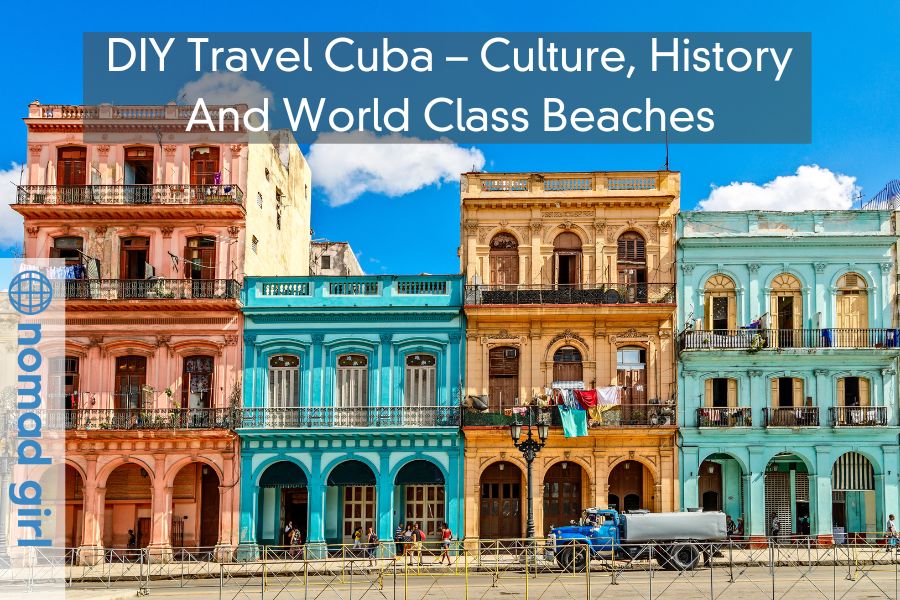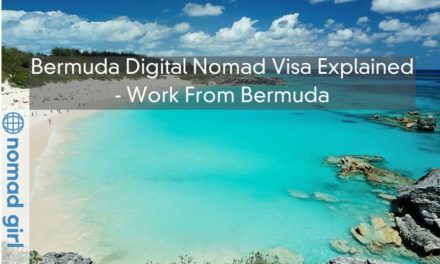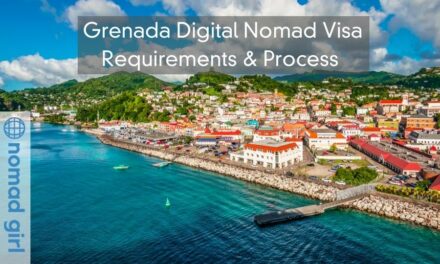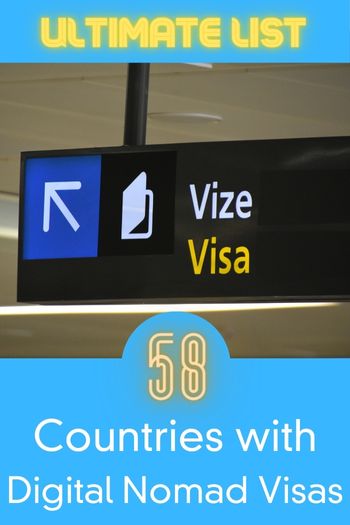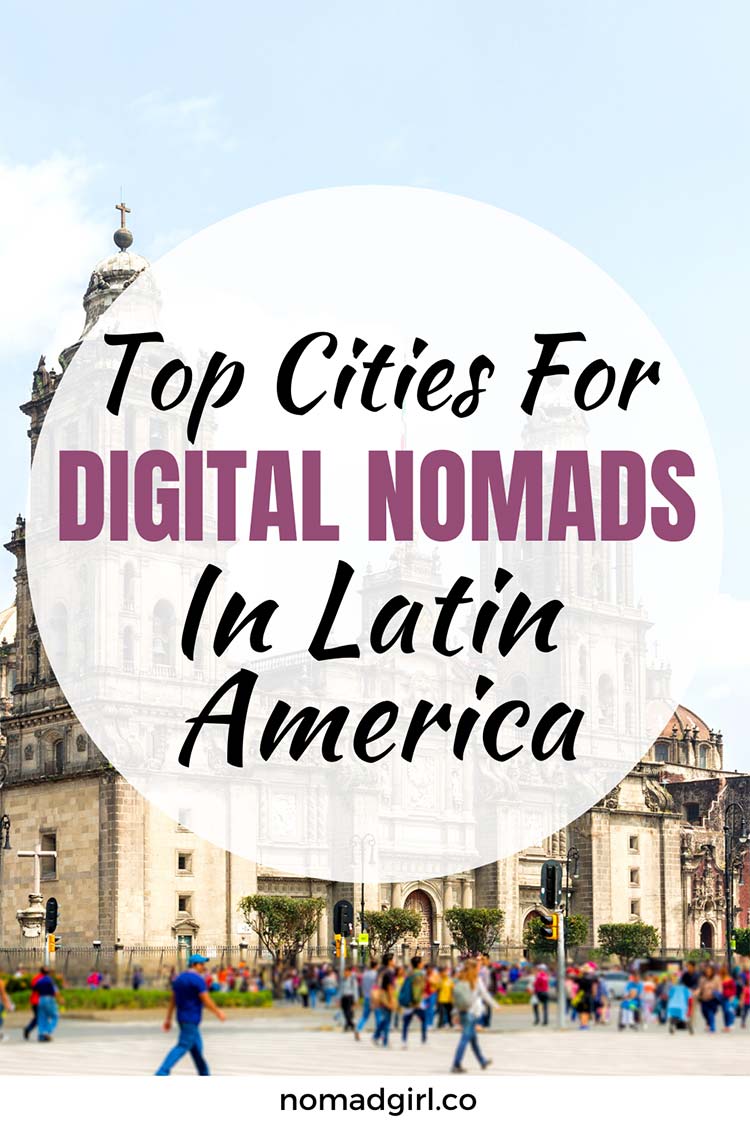Last year, I spent the most wonderful two weeks exploring Cuba. Rather than get a package tour to an all-inclusive hotel like most people do, I travelled around on my own. Many backpackers do this, but you don’t have to be one. It’s actually very comfortable to travel in Cuba and you get to see a lot more. It’s true that the island has absolutely stunning beaches, and they should be on your list, but there is also so much history, culture and flavour that you would be limiting yourself by only staying on a beach. So, here is a quick guide on DIY Cuba travel.
Visa
First of all, most people need a visa to get into the country. But it’s not a hassle at all to get one. Generally speaking, the airline that you are flying with will sell you the tourist visa card for about $25US before you board the plane. If you are flying from Canada, most airfares will include the cost of the card. Of course, you should still check with the airline and your port of departure to make sure that this really is available. The only exception is if you hold a US passport, then it might be a little more complicated and you should refer to the latest rules (at the time of writing) on visiting Cuba issued by the US government.
Money
Cuban money is quite mind-boggling for many first time visitors, so I’ll try to explain the currencies in simple terms, at least how I understand them. Basically, there are two currencies in circulation in Cuba – the CUC and CUP. The CUC, or the Convertible Peso is tied to the value of the US dollar. It is likely going to be the main currency that you use for all tourism-related purchases and in the grocery stores where foreigners can shop. Just like anywhere else, you’ll need to go to a money changer to get CUC. The good thing is that you don’t need to shop around, the rates are exactly the same everywhere and you can even exchange at the airport. However, keep in mind that it’s best not to exchange US dollars, but to bring Canadian dollars or Euros. That’s because the US dollar gets a 10% penalty when exchanging. Now the CUP, or the Cuban Peso is the true local currency and is valued at about 26 CUP per CUC (again, at the time of writing). You won’t need much of it, but you should pick up some CUP for small expenses, such as buying street food, fresh fruit and local transport.
Getting Around
The tourism industry in Cuba is super developed. That means that there is no shortage of options when it comes to transportation. Keep in mind that it’s technically illegal to take local public transportation, so you should be using the tourism-oriented transfers. Of course, there are people who do use public transport, but it’s a heads up!
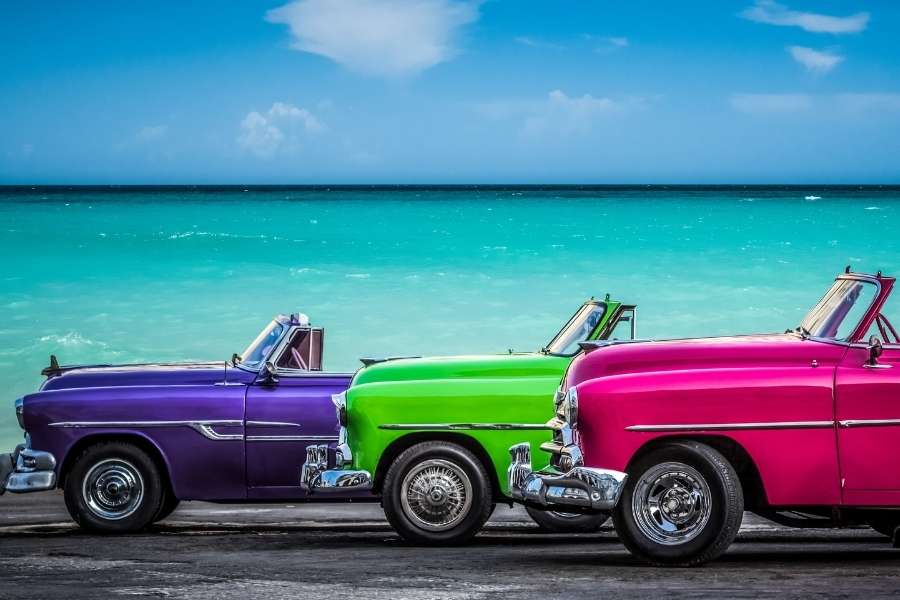
One great way to get around Cuba is by renting a car. The only issue is that most cars are pretty old, so you need to be prepared for potential mechanical problems along the way. I wasn’t able to do this since I don’t have a driver’s license, so I went with the alternatives – bus and taxi. Viazul is your go-to bus company for travelling around the country, it has a schedule, assigned seating and you can even try to book it online (it doesn’t always work). Alternatively, there are transfers offered by travel agencies, which go to the main tourist destinations. I also used a private transfer from Trinidad to Havana because the bus schedule wasn’t in line with my plans. The price was very reasonable, and if you are travelling in a group then it’s the way to go.
Accommodation
Do NOT stay in hotels. There is absolutely no reason to stay in a hotel in Cuba – on the contrary, it’s expensive and generally not great based on reviews. Instead, use casas particulares or private homes instead. This is essentially AirBnB Cuban style. Casas particulares are accommodations registered with the government and typically offer a room with A/C and a private bathroom for 20-30 CUC per night for two people. There are some sites that allow you to contact hosts, but you can also just arrive at your destination and look for accommodation on the spot – there is no shortage. Surprisingly, if your AirBnB account is listed in the US, you can book a room through AirBnB. On my trip to Cuba, I did stay at an all-inclusive for a couple of nights. It was great to be beach-front, but that’s about it. That said, there are surely plenty of great resorts, so I may just have not picked the best one!
Where to Eat
Food is often referenced as an issue in Cuba. I can say that this is both true and not. You may not find as many ingredients and options as you do elsewhere, but there are still plenty of delicious flavours. The best food I had in Cuba was definitely at the casas particulares themselves. That’s because the people who rent the rooms make you homemade food for a great price – both breakfast and dinner. On a couple of nights, I attempted to cook, but it was quite a challenge since there aren’t too many grocery options out there. That said, the garlic in Cuba has such a special flavour that it makes all dishes taste amazing!
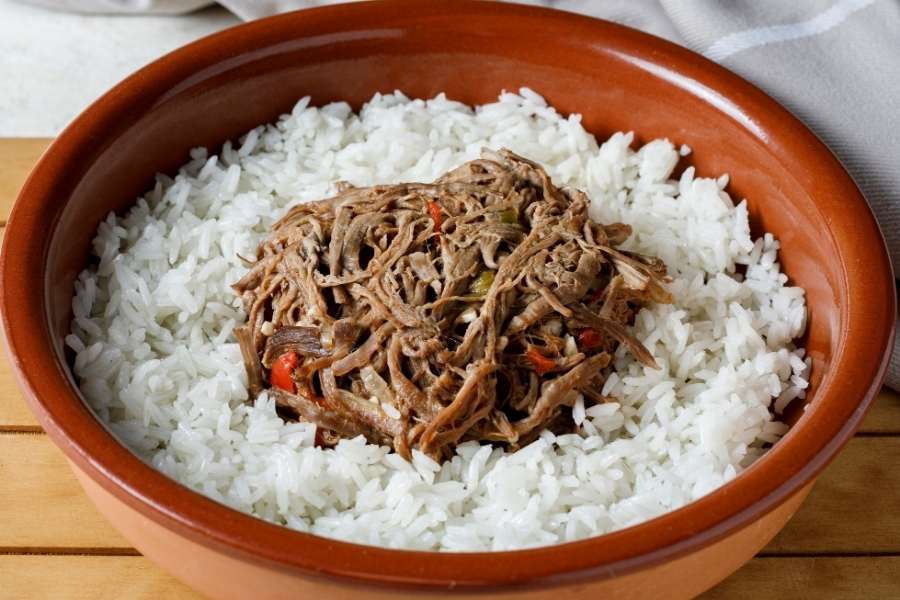
When it comes to restaurants, the smaller places where the locals eat are typically better and cheaper than the tourist restaurants. However, there are some high-end options that offer up some delicious gourmet food, so keep an eye out for those. Last, but not least – street food! I don’t know how many Cuban pizzas I had during the trip. They are both great and terrible. They don’t taste like pizza, but it is a fresh bread baked with tomato sauce and cheese for about 30 cents – can’t go wrong!
Top Attractions
There are so many things to do and see in Cuba. Of course, Havana is a must – I spent 5 days there and could’ve stayed longer. The architecture, the history, the atmosphere are all absolutely amazing. Next, I headed to the beach for a few days. I chose Cayo Santa Maria, and it was so stunning, but there are plenty of options, such as Varadero, Holguin, and the other Cayos. After a few days of relaxation, I went to Trinidad, and it’s definitely not to be missed. It’s a beautiful colonial town, with cobbled streets, lots of salsa dancing and great food. There are also beaches close to Trinidad, so if you are not much of a beach bum, it’s a good day city break.
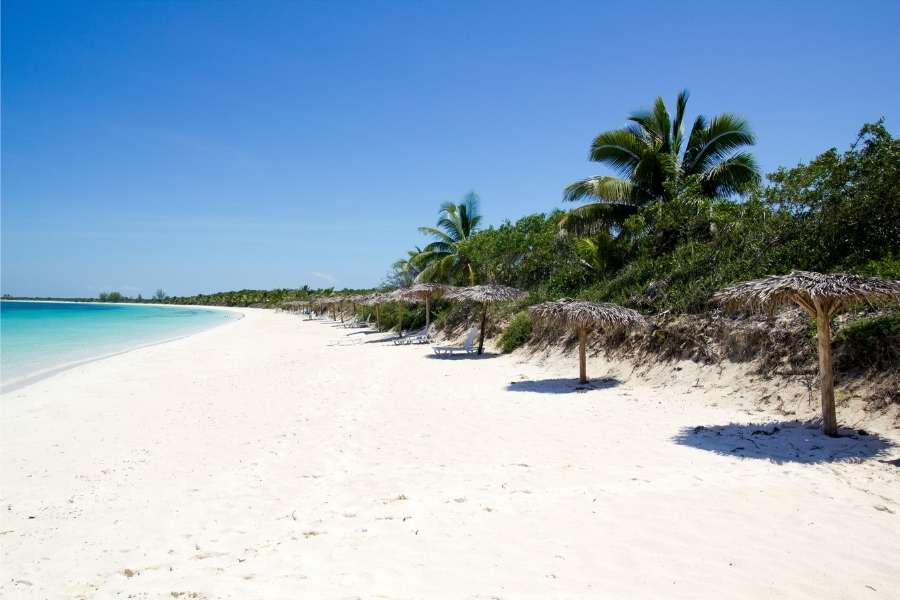
Cayo Santa Maria
This is just one short route that you can take. Other popular destinations include Camaguey, Cienfuegos, Pinar del Rio, Manzanillo, Santiago de Cuba, and more. My recommendation would be to choose three types of destinations: city, beach and nature. This way you can get a flavour for a little bit of everything that Cuba has to offer. Definitely include Havana on your itinerary and then pick and choose depending on your personal interests.


